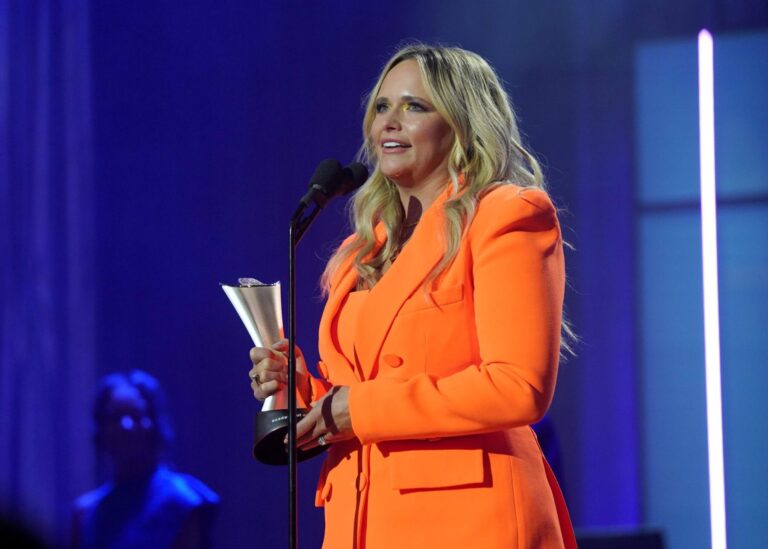Dry conditions will persist
SOUTH Gippsland can expect lower rainfall and warmer temperatures this summer, with El Niño likely to persist into early 2016.
Bureau of Meteorology climatologist Jonathan Pollock said the outlook for November to January showed drier than normal conditions were likely for parts of South Gippsland.
Mr Pollock said the outlook reflects a combination of a strong El Niño in the Pacific, a decaying positive Indian Ocean Dipole (IOD) and warm Indian Ocean temperatures.
“The chance of average rainfall during November is less than 35 per cent for South Gippsland. By December the odds are looking more neutral,” he said.
Mr Pollock said October was dry in South Gippsland.
“Some parts recorded less than 20 per cent of their long term average October rainfall,” he said.
“The positive IOD and a strong El Niño combined to result in decreased rainfall during winter and spring across eastern Australia.
“The November outlook generally reflected these climate influences.”
Koonwarra dairy farmer Shawn Hollingworth has a number of strategies in place to minimise the impact of unseasonal conditions.
After dealing with drought in northern Victoria between 2002 and 2009, mitigating environmental impacts plays a big part in the way Mr Hollingworth farms.
He has already culled his empty cows to take pressure off home grown feed and will shortly start cutting a second round of silage and hay.
Mr Hollingworth said he should be able to cut every paddock twice.
“At this stage, we have half our silage requirements. If we cut again, we will get all our silage and some hay,” he said.
In an effort to reduce exposure to the hay market, Mr Hollingworth planted a 10 hectare barley and vetch crop in July.
“Given the dry conditions, it is still going to yield about seven tonnes of dry matter to the hectare,” he said.
“Last year we brought in 54 tonnes of cereal hay, so hopefully that crop will mean we won’t need to rely as heavily on purchased feed.”
Mr Hollingworth’s milking herd calves in late January, so in late November he will start to dry off his cows.
“The plan is the majority will be dry by Christmas. This will take the pressure off my feed requirements for a couple of months,” he said.
“Over the hot dry summer period, my cattle should be dry, lying under the trees relaxing, which is extremely different to the typical Gippsland farmer.”
Mr Hollingworth said he has been pre buying some protein hay, with anticipation the price will rise with demand.
Mr Pollock said daytime maximum temperatures are likely to be warmer than normal for South Gippsland during November to January.
“Daytime maximum temperatures have a very high chance (greater than 80 per cent) of being warmer than normal across Victoria in November,” he said.
“By December the odds are looking more neutral. The outlook for night-time minimum temperatures has a similar pattern.”

Drought tolerant: Koonwarra dairy farmer Shawn Hollingworth has measures in place on his farm to reduce the impacts of drought like conditions, like those expected this summer.
Short URL: /?p=16757






